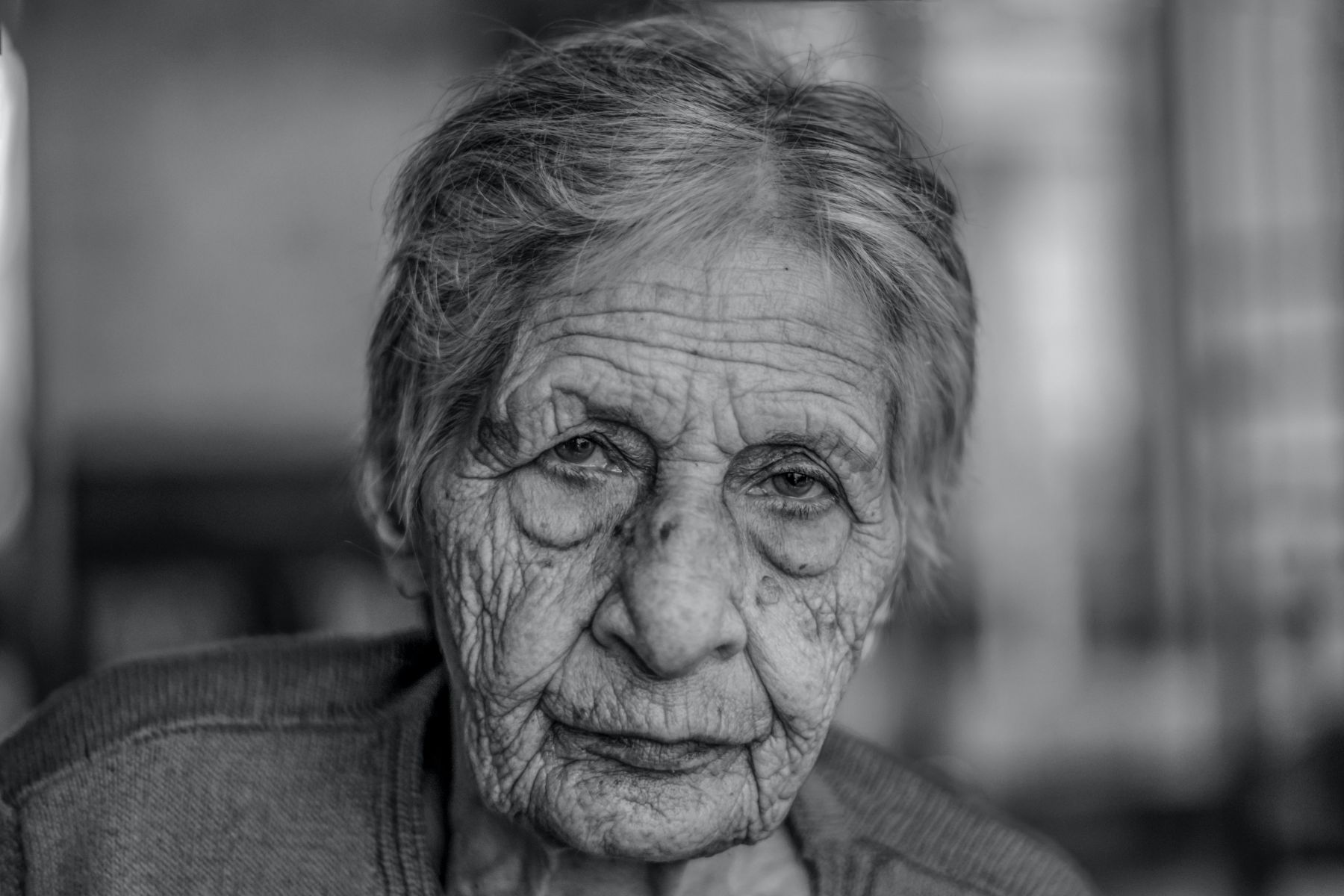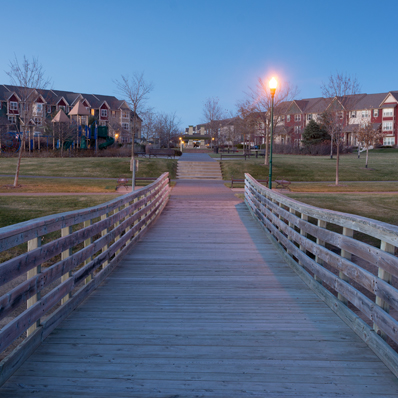Suburban Poverty

Suburban poverty is currently the fastest growing segment of poverty in America, outpacing poverty in the urban centers by ten percent annually.[i]
These same facts apply to the Twin Cities and to the growing need for help at Hope Dental Clinic.
Currently more people are living in poverty in the suburbs in America than the urban centers. That’s one in every nine homes in our neighborhoods.
Poverty in Minnesota is defined as 185 percent of the federal poverty line, which is about $44,000 a year for a family of four.
A report by the Metropolitan Council found that there are now more than 385,000 people living in poverty in the metropolitan area's suburbs and rural areas compared to 259,000 in Minneapolis and St. Paul combined.
Driven by inflation, under or un-employment and other factors, Hope Dental Clinic is serving more and more people from all suburban areas and beyond.
These are the places our patients have come from over the past few months, including Wisconsin.
The cities/towns/neighborhoods included are (many of these include multiple people)
Minnesota: Bethel, Cambridge, Oak Grove, Chisago, Cottage Grove, Faribault, Farmington, Hastings, Hinkley, Hugo, Isanti, Lake Elmo, Lakeville, Northfield, Owatonna, Red Wing, Rosemount, St. Francis, Stillwater, Wyoming, Little Canada, Arden Hills, Mahtomedi, Mendota Heights, Roseville, Oakdale, Albertville, Golden Valley, St. Anthony, Elk River, Bloomington, Fairfax, Burnsville, Inver Grove Heights, Woodbury, St. Paul, Maplewood, Forest Lake, St. Anthony, Cottage Grove.
Wisconsin: Glenwood, Hammond, Hudson, Menomonie, Baldwin, Prescott, Roberts, Eureka, Summerset, Star Prairie, Houlton, Cumberland.
The need continues to grow, and we will be here to help with your help.


